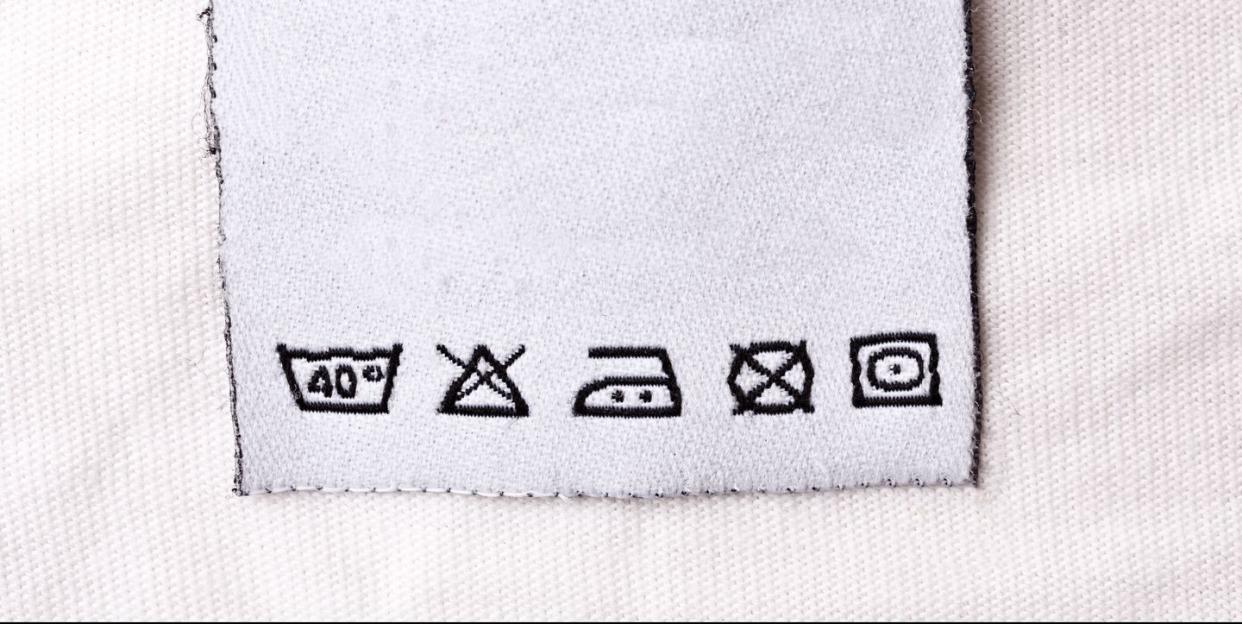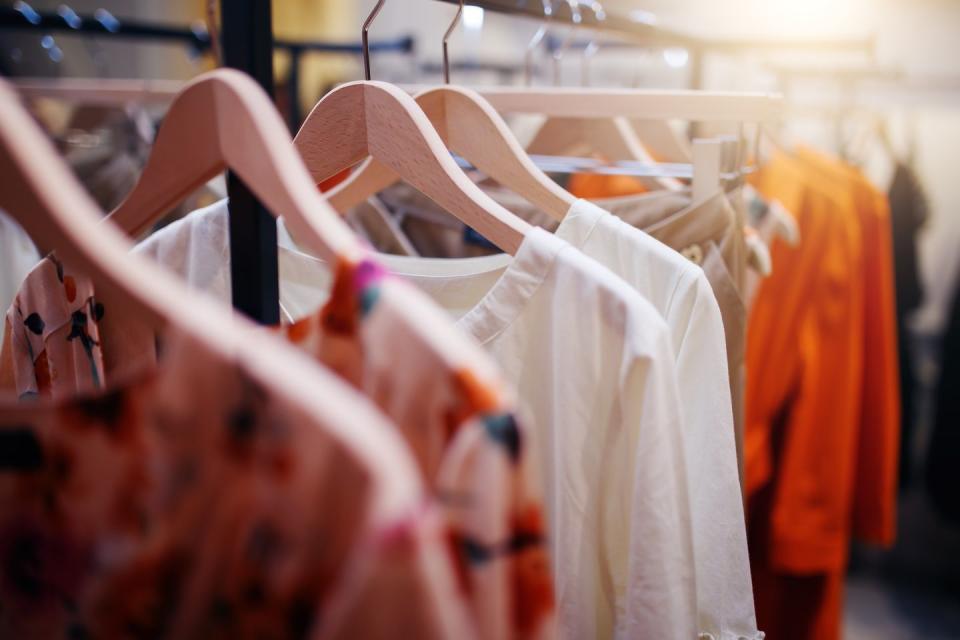5 worst-offending hidden plastics in your wardrobe

We're all aware of the impact single-use plastic is having on our oceans, but did you know that clothes release half a million tonnes of microfibres into the sea every year?
That's the equivalent of more than 50 billion plastic bottles – and these small plastic fibres have even been found sealed in Arctic ice.
There are steps we can take to reduce the impact our wardrobes are having on the environment...
#SecondHandSeptember, a campaign run by Oxfam encouraging people across the UK to stop buying new clothes for the month in a bid to cut back on fast fashion, is in full swing. But, it's also important to check labels to see what our clothes are made from when shopping. This is because some fabrics have a higher environmental impact than others.
Read more: 5 clothes swapping apps and websites to trade your second-hand items
Here, George Sullivan, CEO of The Sole Supplier, reveals the five fabrics that have the biggest impact on our oceans – along with the switches you can make to shop with the planet in mind.

1. Polyester
"Polyester is a type of plastic derived from petroleum and is used to make seatbelts, tents, carpets and yes… clothes," George explains.
"As well as being cheap, polyester clothing is often non-iron and quick-drying making it perfect for busy lifestyles. However, as a manmade fabric, it doesn’t come without its problems. While recycled plastic bottles are now being used to create some polyester fabrics, they’re not biodegradable."
What to do if you have polyester clothes? "If you have polyester items in your wardrobe, it’s far better to keep wearing them until you’re ready to sell or donate than throw away," says George.
2. Lycra
"Lycra, or its non-branded name elastane, is famously stretchy but its eco-credentials don’t stretch as far," George says.
"Found in most activewear, lycra is a synthetic manmade fibre created from polyurethane that’s stronger and more durable than natural rubber. But, on the flipside, it’s also non-biodegradable and doesn’t have a very long shelf-life.
What to buy instead? "Look for bio-derived lycra made from natural renewable sources like corn or recycled polyester and nylon diverted from landfill," says George.
3. Nylon
"Known for being the first 100% synthetic material, nylon is created by heating and spinning carbon chemicals into individual fibres," explains George. "Its waterproof and quick-drying properties make it perfect for outerwear and activewear, which sounds great but it takes a huge amount of energy, water and chemicals to produce nylon.
"Many clothing brands are taking a step in the right direction and are making the switch away from virgin Nylon and turning waste into resource. For example, Stella McCartney has pledged to only use ECONYL® regenerated nylon by 2020 which uses industrial plastic and fishing net waste to create new nylon yarn."
What to buy instead? Look for brands making the right changes to nylon production.
4. Acrylic
"A recent study found acrylic is the worst offender when it comes to releasing plastic particles in the wash – on average nearly 730,000, 1.5 times as many as polyester," George says.
"Being strong and warm with a wool-like feel, acrylic is often found in jumpers and tracksuits and as linings for boots and gloves. Like other synthetic fibres, it’s also cheap to produce.
"Perfect right? Not really. Many toxic substances are used to create acrylic fibre which can end up in wastewater. It’s also nearly impossible to recycle sustainably, so any discarded acrylic clothing items will likely end up in landfill."
What to do if you have polyester clothes? Look after them and help them last as long as possible. Sell or donate when you are finished with them.
5. Vegan leather
"While vegan leather might be cruelty-free to animals, many aren’t environmentally friendly," explains George. "That’s because synthetic leather is usually made from PVC or PU which are both plastic-based, meaning they require a lot of chemicals to produce and aren’t biodegradable.
What to buy instead? "However, it’s not all doom and gloom. You can find eco-friendly vegan leathers made from natural fibres from pineapple leaves, kelp, paper, cork or areca palm. So, next time you shop, check to see if your favourite eco-brand is using plastic or natural fibres in their vegan leather."
Like this article? Sign up to our newsletter to get more articles like this delivered straight to your inbox.
We earn a commission for products purchased through some links in this article.
You Might Also Like

